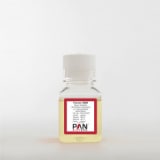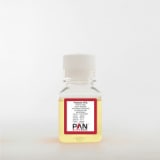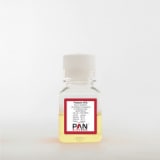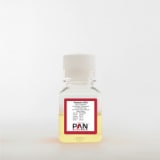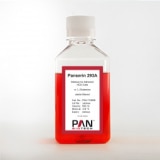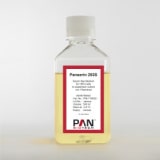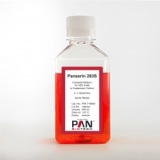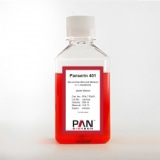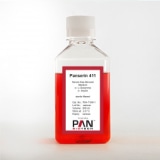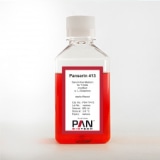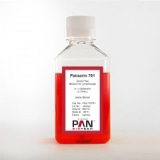Serum-free systems
Basics:
Cell culture, the cultivation of cells isolated from live tissue in vitro (in the test tube), is an acknowledged and valuable tool in biomedical research for the acquisition of reproducible data. In addition, highly effective substances are produced in large-scale for medicine or biopharmaceutical and academic research by means of cell cultures to an ever increasing degree (e.g. insulin, growth factors, monoclonal antibodies, or clotting factors).
The cell culture with serum:
Cell cultures in vitro need nutrient solutions, so-called media, which provide a simulation as close as possible of the in vivo situation (in live organism). For this purpose these cell culture media – mixtures of nutrients, salts, trace elements, buffers, growth factors, protective binding and transport proteins and many additional components – have to be supplemented by a most natural, highly complex additive mixture. For many years, animal derived and also human sera were the means of choice for production related reasons as well as for a lack of alternatives in more defined cell culture nutrients.
Function of serum in cell cultures:
- Growth factors and hormones stimulate cell growth, proliferation and differentiation
- Attachment factors favour or enable the attachment of cells to the culture dish (biomatrix)
- Transport and binding proteins support the supply with hormones, minerals and lipids
- Serum proteins bind toxic substances and stabilize sensitive growth factors However, the use of serum in cell cultures, usually fetal bovine serum (FBS), is problematic for several reasons.
Disadvantages of serum in cell culture:
- The composition of serum is variable and depends on the age of the fetus, on the origin and feeding of the animals, and on the time of year at slaughter
- Serum batches have to be tested extensively for their suitability before use
- Test results are often unsatisfactory and often not comparable because of the undefined and inconsistent nature of serum
- Risk of a contamination with bacteria, fungi, mycoplasma and virus from serum
- Risk of contamination with TSE agents (transmissible spongiform encephalopathy)
- Possibility of impurities in the end products due to residual serum proteins or pyrogens
- Time-consuming purification of the end products from culture media containing serum
- Uncertain availability and increasing cost of serum
The serum-free cell culture:
Because of the numerous disadvantages of a serumcontaining cell culture, for many years considerable research and development efforts have been undertaken to finally establish cell cultures under serum-free conditions.
Advantages of a serum-free cell culture:
- Lower risk of contamination with bacteria, fungi, mycoplasma or virus
- Defined and reproducible formulations result in more convincing and comparable research data
- Time-consuming batch tests are dispensable
- Elimination of a source for possible infectious agents (prions)
- Ease of purification of end products
- Fulfilment of legal requirements for the manufacturing of medical products
- Reduction of impurities in end products by culture residues
20 Items


